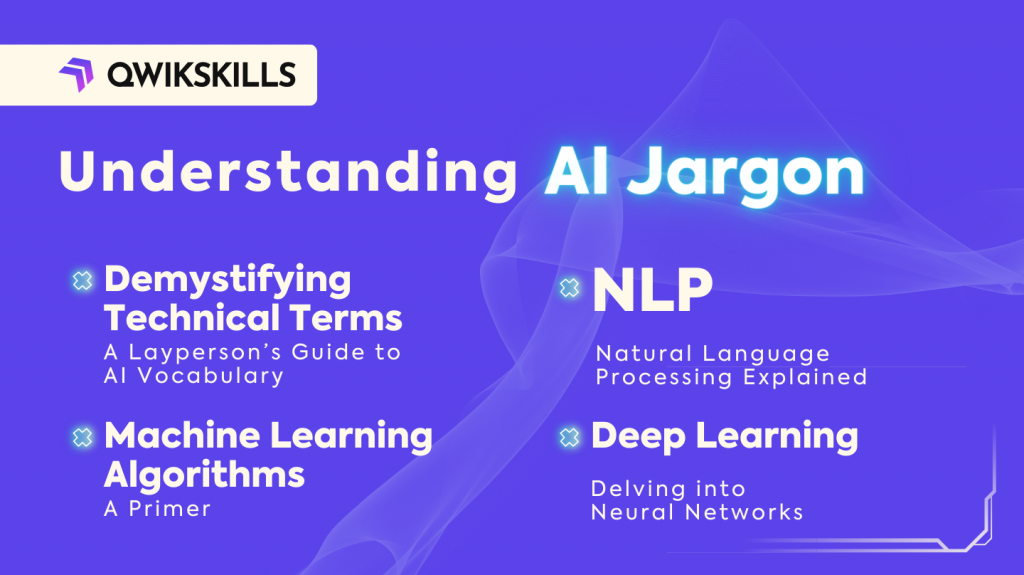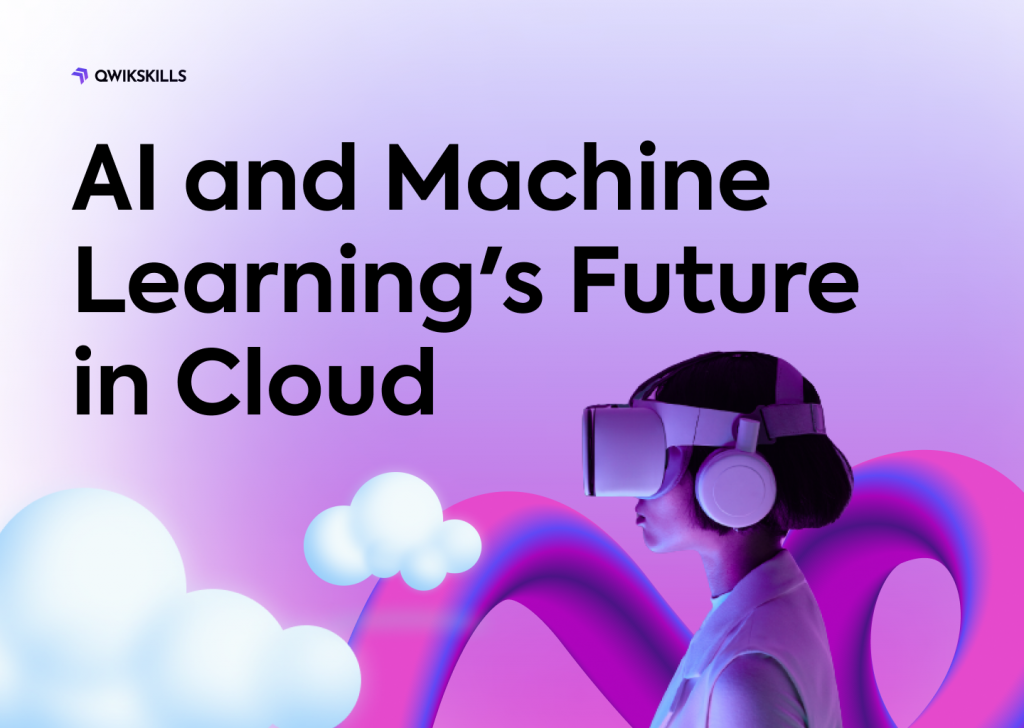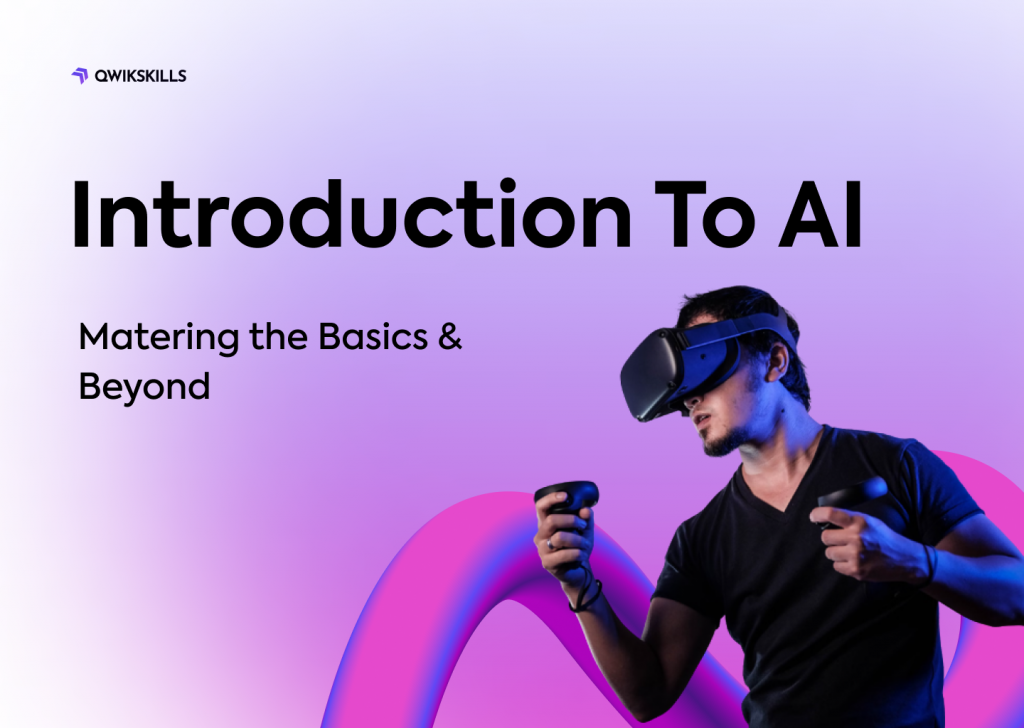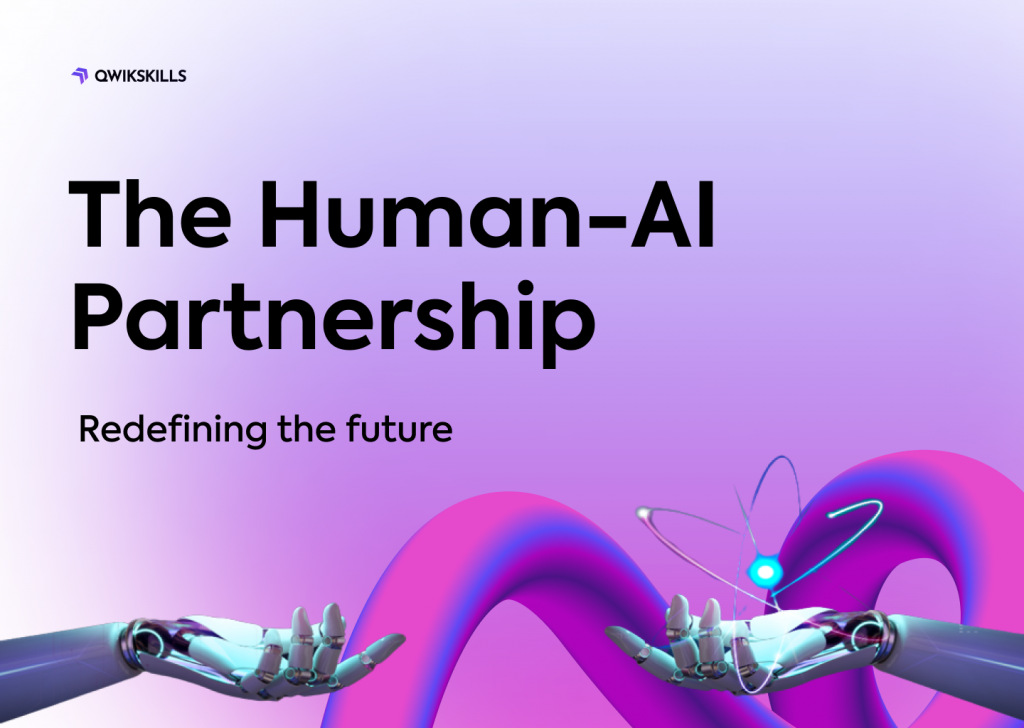Introduction
Artificial Intelligence, often abbreviated as AI, has evolved from being a mere concept in science fiction to a transformative force in today’s world. This comprehensive overview delves into the evolution, types, applications, ethical considerations, and the future of AI. Exploring AI Essentials 101. In this comprehensive overview. Learn key concepts and applications. Start your AI journey today!
The Evolution of AI
From Turing’s Test to Modern AI
The journey of AI began with Alan Turing’s pioneering work on computing machinery and intelligence in the 1950s. His concept of the Turing Test, where a machine’s ability to exhibit intelligent behavior was tested, laid the foundation for AI research. Over the decades, the field has experienced distinct waves of development, each marked by significant advancements. From rule-based systems to statistical methods, AI’s progress culminated in the rise of neural networks and deep learning.
Understanding the Different Waves of AI Development
The evolution of AI can be categorized into three waves. The first wave focused on rule-based systems, while the second wave embraced statistical methods and probabilistic reasoning. The third and current wave is powered by neural networks and deep learning, enabling machines to learn patterns from massive data sets and make decisions akin to human intuition.
Role of Neural Networks and Deep Learning in Shaping AI
Neural networks, inspired by the human brain’s interconnected neurons, have revolutionized AI. Deep learning, a subset of neural networks, involves multiple layers of interconnected nodes that process data hierarchically, enabling machines to recognize complex patterns. This breakthrough technology underpins applications like image and speech recognition, natural language processing, and autonomous vehicles.
Types of Artificial Intelligence
Narrow AI vs. General AI: Unpacking the Distinction
Artificial Intelligence can be broadly categorized into Narrow AI and General AI. Narrow AI, also known as Weak AI, excels in specific tasks but lacks human-like understanding. General AI, or Strong AI, possesses human-level cognitive abilities, with the potential to perform any intellectual task that a human can. While Narrow AI dominates today, achieving General AI remains an elusive goal.
Exploring AI – Strong and Weak AI Category
Strong AI represents the pinnacle of AI development, where machines exhibit consciousness and self-awareness. Weak AI, on the other hand, operates within well-defined parameters and performs tasks without true comprehension. Achieving Strong AI raises profound ethical and philosophical questions about the nature of intelligence.
AI, Machine Learning, and Deep Learning: Interconnections and Differences
Artificial Intelligence encompasses Machine Learning, which in turn encompasses Deep Learning. Machine Learning involves training algorithms to learn from data and improve over time. Deep Learning utilizes neural networks with multiple layers to analyze complex data, making it a subset of Machine Learning and an integral part of AI’s recent advancements.
Applications of AI Across Industries
AI in Healthcare: Revolutionizing Diagnostics and Treatment
The healthcare sector benefits immensely from AI, with applications ranging from early disease detection to personalized treatment plans. AI-powered diagnostic tools analyze medical images and genetic data, enhancing accuracy and speed in identifying ailments. Additionally, machine learning algorithms predict disease progression and recommend tailored therapies.
AI in Finance: Enhancing Predictive Analytics and Fraud Detection
In the finance industry while exploring AI implementation one can understand, AI optimizes trading strategies, assesses credit risk, and forecasts market trends. Machine learning models analyze historical data to make predictions, aiding investors in making informed decisions. AI-driven fraud detection systems scrutinize transactions, identifying anomalies and potential threats in real time.
AI in Automotive: Paving the Way for Self-Driving Vehicles
Self-driving cars are a prime example of AI’s impact on the automotive sector. AI algorithms process data from sensors to make real-time driving decisions. These technologies not only enhance road safety but also open avenues for new mobility solutions, reshaping the future of transportation. While exploring AI applications impact on automobiles, it is revolutionizing entire sector and has opened endless possibilities.
AI in E-Commerce: Personalization and Customer Experience
E-commerce platforms leverage AI to provide personalized shopping experiences. Recommendation systems analyze user behavior to suggest products tailored to individual preferences. Chatbots and virtual assistants enhance customer support, providing instant responses and improving overall user satisfaction.
AI in Entertainment: Gaming, Content Creation, and Virtual Reality
AI fuels the gaming industry by creating immersive experiences and dynamic environments. Procedural content generation generates game elements, while AI opponents adapt to players’ strategies. Content creators also benefit from AI-generated music, art, and scripts, pushing the boundaries of creative expression. Virtual reality experiences are further enriched by AI-driven simulations.
Ethical Considerations in AI
Bias in AI: Addressing Algorithmic Discrimination
AI algorithms can inherit biases present in training data, perpetuating societal prejudices. Recognizing and mitigating these biases is crucial to ensure fair and equitable AI outcomes. Diverse data sets and rigorous testing are essential in minimizing algorithmic discrimination.
Privacy Concerns: Balancing Data Utilization and User Rights
The extensive use of personal data in AI raises privacy concerns. Striking a balance between data utilization and user rights is imperative. Implementing robust data anonymization techniques and adhering to strict data protection regulations safeguard individual privacy.
The Role of AI in Job Displacement and Reskilling
AI’s automation potential sparks concerns about job displacement. While certain routine tasks may be automated, AI also creates opportunities for reskilling and upskilling the workforce. Fostering a culture of continuous learning and providing resources for skill development can mitigate the negative impact on employment.
Ensuring Transparency and Accountability in AI Decision-making
The opacity of AI decision-making processes can erode user trust. Ensuring transparency by explaining how AI arrives at conclusions is vital. Additionally, establishing accountability frameworks for AI-generated outcomes fosters responsible deployment.
The Future of AI
AI and the Singularity: Potential Scenarios
The concept of the technological singularity, where AI surpasses human intelligence, is a topic of speculation and debate. While the timeline and outcome remain uncertain, considering the potential consequences is essential for shaping AI’s trajectory responsibly.
Collaboration between Humans and AI: The Augmented Intelligence Approach
Rather than supplanting humans, AI augments human capabilities. Collaboration between humans and AI results in improved decision-making, faster problem-solving, and enhanced creativity. This approach maximizes the strengths of both entities.
Emerging Trends: Quantum AI, Swarm Intelligence, and Beyond
Quantum AI harnesses the power of quantum computing to solve complex problems. Swarm intelligence mimics collective behavior seen in nature, enabling groups of AI agents to solve tasks collectively. These emerging trends signify the ever-evolving landscape of AI.
Understanding AI Jargon
Demystifying Technical Terms: A Layperson’s Guide to AI Vocabulary
In order to understand AI the challenge while exploring AI terminology can be daunting. Demystifying technical terms like algorithms, neural networks, and natural language processing (NLP) empowers individuals to engage with AI concepts confidently.
NLP: Natural Language Processing Explained
NLP enables machines to understand and interact with human language. Chatbots, language translation, and sentiment analysis are all powered by NLP, making human-computer communication more seamless.
Machine Learning Algorithms: A Primer
Machine learning algorithms learn patterns from data to make predictions or decisions. Supervised learning, unsupervised learning, and reinforcement learning are common paradigms that drive AI’s problem-solving capabilities.
Deep Learning: Delving into Neural Networks
Deep learning involves neural networks with multiple layers, enabling machines to learn intricate patterns from vast data sets. Image and speech recognition, as well as autonomous driving, benefit significantly from deep learning.
Implementing AI Solutions
Steps to Integrating AI into Business Processes
Integrating AI into business operations requires careful planning. Identifying suitable use cases, collecting and preparing data, choosing appropriate algorithms, and continuous monitoring are vital steps in the implementation journey.
Choosing the Right AI Framework and Tools
A plethora of AI frameworks and tools are available, each catering to specific tasks. While exploring AI frameworks and tools, one can come across TensorFlow, PyTorch, and scikit-learn which are popular frameworks used in machine learning projects. Choosing the right tools aligns with project requirements and team expertise.
Challenges in AI Implementation and How to Overcome Them
AI implementation comes with challenges such as data quality, model interpretability, and ethical considerations. Addressing these challenges demands collaboration among data scientists, domain experts, and stakeholders, fostering a holistic approach.
AI in Everyday Life
Virtual Assistants: Simplifying Daily Tasks
Virtual assistants like Siri, Alexa, and Google Assistant streamline daily tasks, from setting reminders to answering queries. Natural language understanding and contextual awareness make these assistants valuable additions to modern living.
Smart Homes: How AI Enhances Living Spaces
AI powers smart homes by automating tasks such as adjusting lighting, controlling thermostats, and managing appliances. Sensor data and machine learning algorithms optimize energy consumption and enhance comfort.
AI in Social Media and Content Recommendation
Social media platforms leverage AI to personalize content feeds and recommend connections. Machine learning algorithms analyze user interactions to tailor content, ensuring relevant and engaging experiences.
Semantically Similar FAQs
- What are the different types of artificial intelligence? Artificial Intelligence can be categorized into Narrow AI (Weak AI) and General AI (Strong AI). Narrow AI excels in specific tasks, while General AI possesses human-like cognitive abilities.
- How is AI impacting the healthcare industry? AI revolutionizes healthcare by improving diagnostics, personalizing treatment plans, and predicting disease progression using machine learning algorithms and data analysis.
- What ethical concerns surround AI development? AI ethics encompass bias mitigation, data privacy, job displacement, and ensuring transparency and accountability in AI decision-making.
- Can AI truly achieve human-like intelligence? While AI has made significant strides, achieving human-like consciousness and understanding, as seen in General AI, remains a challenge.
- How can businesses effectively integrate AI into their operations? Businesses can integrate AI by identifying suitable use cases, preparing data, selecting appropriate tools, and collaborating across disciplines to address implementation challenges.
Conclusion
In this journey through the expansive landscape of Artificial Intelligence, we’ve uncovered its evolution, diverse types, transformative applications, ethical considerations, and future prospects. exploring AI’s interplay between technology and humanity underscores its potential to reshape industries, enhance human capabilities, and address complex challenges. As AI continues to evolve, a nuanced understanding of its possibilities and responsibilities will pave the way for a future where human ingenuity and AI innovation intertwine seamlessly.
Ready to dive into the world by exploring AI? Unlock the potential of QwikSkills. Elevate your expertise with AI, from understanding its nuances to implementing it in your ventures. Start your AI journey today!






